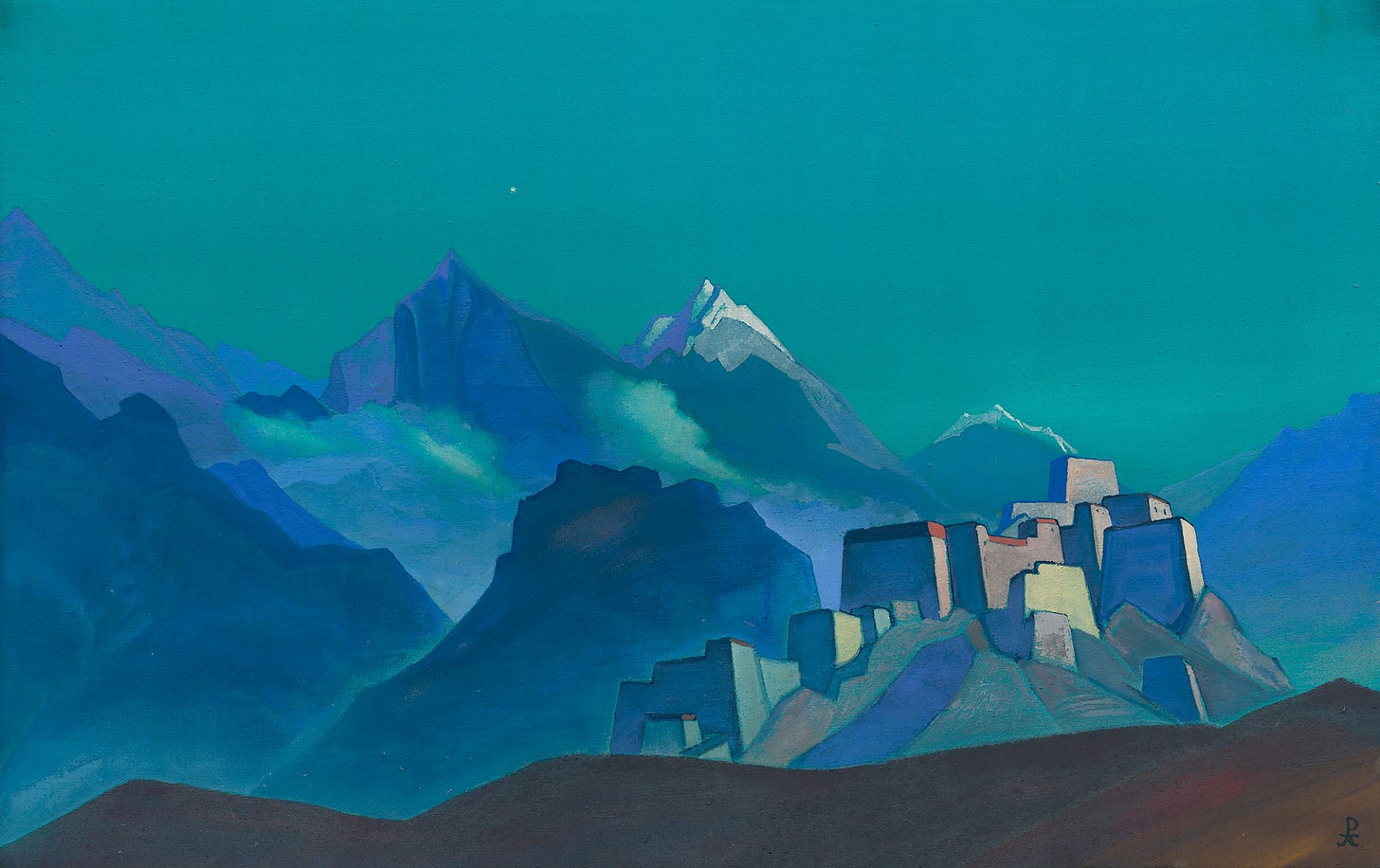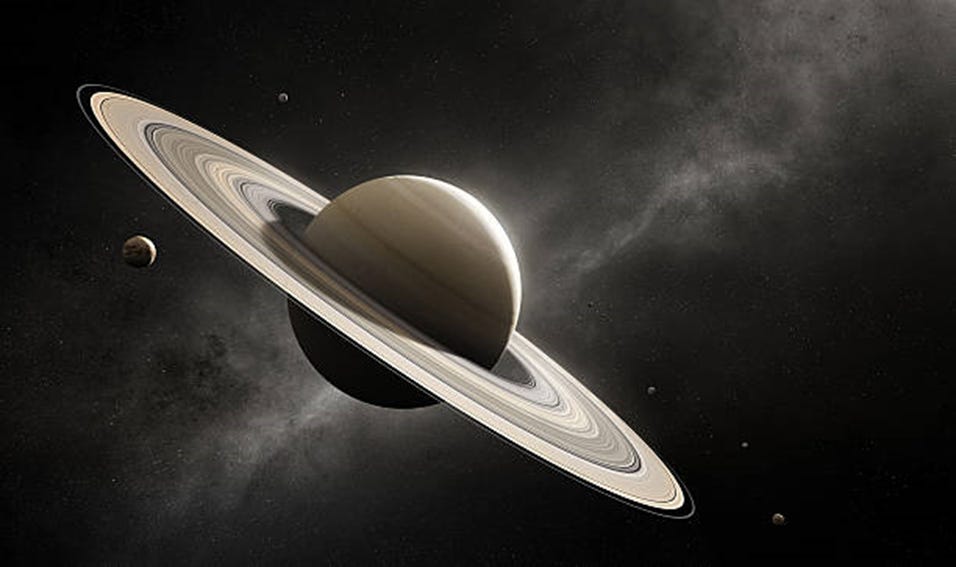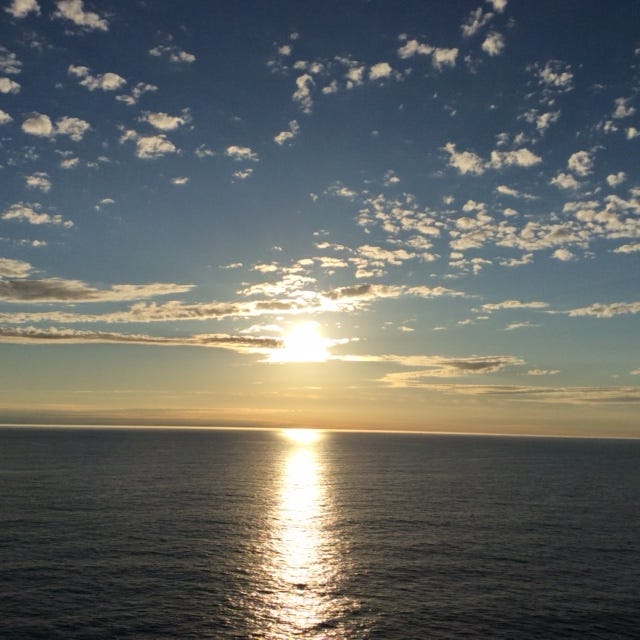
It’s come around again—the chance to view six of Earth’s fellow planets in one fell swoop, early morning for the next week or so. How’s that for an excuse to go stargazing?
Because we all rotate around the sun pretty much in the same plane, the ecliptic, they’ll appear in a line arching overhead from horizon to horizon. Mercury rises in the east just before dawn right now. Red Mars and brilliant Jupiter are high above your left shoulder when you’re facing south. Dimmer Uranus and Neptune come next—binoculars helpful—with bright Saturn far in the west.
I had to stop and think about that “planets in a line” concept for a minute. It seems most of the great rotating structures in the universe—galaxies and solar systems—take on a disk shape as the dust and gases they form from start to coalesce around their core, pulled in by gravity and sculpted by magnetic forces. Think of Saturn’s thin flat rings, or the Milky Way’s spiraling arms. Same with our solar system, thank heavens. Otherwise we might bump into one another.
As always, the trick for good planet-gazing is finding a clear sky—no clouds, or haze from a forest fire—somewhere far from the urban glow. A slab of rock in a dark lake would be ideal, or the end of a long pier. Or a back road on the wide-open prairies. But that isn’t going to happen for me, given all the summer chores still lined up. My best hope is the hill beyond the barn at Dennis’s family farm in Haliburton County, since we want to pick crabapples and fetch firewood in any case.
I’m starting to hunger for some nighttime-sky exposure, after a crazy busy summer. I missed the northern lights everyone was raving about during that last solar flare-up, and didn’t catch any of the Perseids, hidden behind clouds here. We did get to watch the great solar eclipse in spring, a celestial event, but it wasn’t the same. Lying back on a rock and gazing up at stars is such a vital part of life, helping to keep everything in perspective, and I need a regular dose.
If we don’t manage to get to the farm this week, before Mercury gets lost in the sunrise and ruins the six-planet alignment, I’m hoping to make it for the Draconid meteor shower, expected to peak the night of October 7, after the crescent moon sets around 9:00 p.m. Most years viewers can expect a modest six to ten shooting stars an hour, according to astronomers, but every twenty or thirty years they say the “dragon awakes” and spews out hundreds. Wouldn’t want to miss that!
The fourteen stars of Draco the Dragon twist up between the Big and Little Dippers in the northern sky, its rectangular head the apparent radiant for most of the meteors. Ptolemy, the 2nd century Greek astronomer, included Draco in his list of constellations, and Homer recorded many relevant myths. My favourite tells of the dragon hanging out in the Garden of Hesperides, protecting the goddess Hera’s golden apples, which granted immortality to anyone who ate one. Until Hercules came by, slayed the dragon and stole the apples, one of his famous twelve labours. Because she ruled over the heavens as well as the earth, Hera chose to honour Draco with a place in the stars.
She also ruled over the seasons and the weather, so it might not hurt to put in a word with her for clear skies the night of the Draconids. But if we miss that opportunity, there’s always next time. The Oronids peak October 20, the Taurids November 5, the Leonids November 18. More falling stars, more constellations to search for and become familiar with. The dazzling night sky isn’t going anywhere. In fact the same six planets will be lining up again on February 28, with Venus joining in. It’ll be winter, sure, but what the heck. Let’s plan to bundle up and get out there.








What a wonderful informative article…what to watch for, where they are, and how they got there! Thank you.